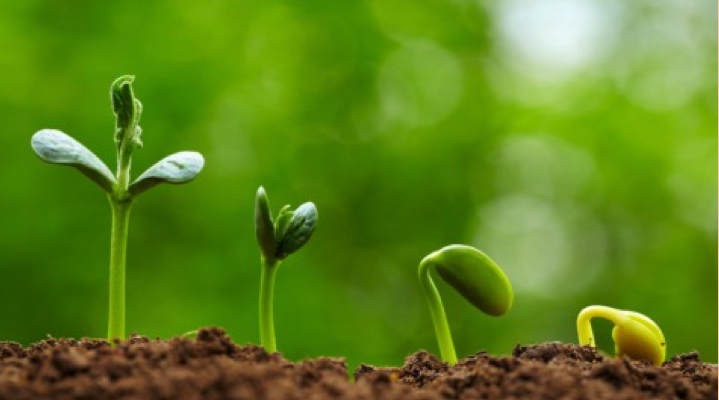Like all living things, your landscape has a life cycle. With proper care and maintenance, horticulturists can extend its life. But ultimately, all plants will reach the end of their life cycle and decline.
Grasses, trees and shrubs have separate and distinct life cycles. For example, annual flowers have a life expectancy of approximately one year; perennial plants live for several growing seasons. Many keep their leaves year-round and make attractive borders, groundcovers and meadow plantings. Perennials common in the northeast are cold hardy enough to survive winter temperatures. Some perennials, such as forage grasses, die back each winter but revive in the spring.
How landscape lifecycle affects cost:
1) Budget – Replacing plant material can be expensive, especially if large quantities of landscape materials are on the same life cycle and need to be replaced at the same time.
2) Schedule – Scheduling can be difficult in terms of ordering lead times and finding material that is the right size and variety. Scheduling seasonal upgrades, replanting, freshening and improvements to existing areas is critical, especially when the landscape is an important part of the property’s overall marketability, such as on commercial and educational sites.
3) Maintenance – A good landscape management program can ensure that the plant material gets the horticultural care it needs. The right level of care and best management practice will promote the plant’s proper growth and development of the landscape, and prevent damage or early decline. When the landscape ages and begins to lose its luster, we believe it’s often better and cheaper to replace plants in decline than to artificially extend their life using products that might cause potential harm to groundwater, beneficial insects, and sensitive habitats, or result in unnecessary cost to the owner.
4) Function – Plants have three roles to play: aesthetic, structural and utilitarian. They can be visually pleasing, organize and define space, create barriers for privacy and safety, and create comfort by modifying light, temperature and humidity. How plants are used, and to what extent they contribute to site habitat or microclimate, or how they are used for security or energy efficiency, is essential when considering how long each of these plants, trees and shrubs will be able to do its job.
5) Trends – Commercial landscaping reflects the needs of the environment as much as it follows consumer trends. If you want your property value to stay ahead of the curve, it’s a good idea to take stock of your landscape to stay relevant and appealing. Overall, landscapes are more sustainably focused. Traditional lawn areas are being re-imagined, natural materials are in demand, and digital technologies that control landscape and irrigation systems are fueling an opportunity for enhanced next-generation resource management.
6) Water – As Connecticut enters year three of a statewide drought, irrigation becomes a matter of water management. Property owners and managers concerned about the impact of restricted watering on their plants and trees are justifiably concerned. Options for keeping landscapes healthy as the weather heats up include turf aeration, to improve water and nutrient absorption; soil amendments, to improve soil health; mulching, to improve hydration and moisture retention; converting underutilized turf or tired borders to perennial meadows or less thirsty plantings; and retrofitting outdated sprinkler systems with water conserving technologies.
How can ELM help?
ELM’s team of professional horticulturists are knowledgeable about which plants, flowers, grasses and trees are right for the site; how they will perform over time, and how their unique characteristics will contribute to the overall health, longevity, and value of the landscape.
We provide both short- and long-term cost analysis, maintenance priorities, water and resource conservation strategies, and, more importantly, as all-season service provides, make sure that every site we care for is safe and hazard-free, even in winter.
For more information on optimizing your landscape life cycle and creating a landscape management strategy that begins with the end in mind, contact Bruce Moore at 203-316-5433.

